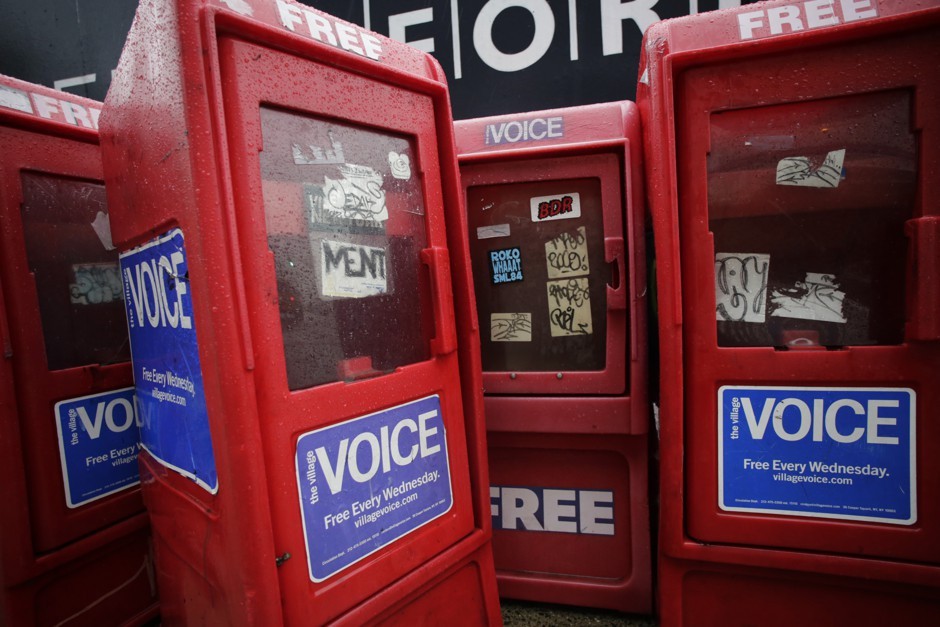
What Cities Lose When an Alt-Weekly Dies (David Dudley, Citylab) “The thing the Voice and its descendants gave readers was something more important than the occasional scoop: They served as critical conveyors of regional lore and scuttlebutt and intel. Dailies may have told you what was going on; alt-weeklies helped make people locals, a cranky cohort united by common enthusiasms and grievances. The alternative media was the informal archive of the city’s id, a catalog of fandom and contempt that limned the contours of the populace. And this part of their role, as it turns out, is a lot harder to replace in the digital era.” Growing up, I had my choice between Seattle Weekly and The Stranger, and for reasons I still don’t fully understand chose the former without exception.
Why Center City Parking Garages are Disappearing (Inga Saffron, The Philadelphia Inquirer) “For decades, the conventional planning wisdom has been that free-standing garages and surface lots are the urban equivalent of the Great Pacific Garbage Patch, lifeless zones that squeeze the energy out of cities and make walking less pleasant and safe. Urbanist websites like Streetsblog have made a specialty of mapping the amount of land devoted to parking in America’s downtowns, and the acreage is staggering.”
Helmets May Be Seattle law, but Many Bike-Share Riders Don’t Wear Them (David Gutman, The Seattle Times) “There are virtually no cities, anywhere in the world, that have both a successful bike-share program and a mandatory helmet law.”
Richard Florida Is Sorry (Sam Wetherell, Jacobin) “Though he stops just short of saying it, he all but admits that he was wrong. He argues that the creative classes have grabbed hold of many of the world’s great cities and choked them to death. As a result, the fifty largest metropolitan areas house just 7 percent of the world’s population but generate 40 percent of its growth. These “superstar” cities are becoming gated communities, their vibrancy replaced with deracinated streets full of Airbnbs and empty summer homes.”
How Public Transit Helped the 1932 Olympics Move Around Los Angeles (Robert Petersen, KCET) “During the Opening Ceremonies, hundreds of official cars and the 68 buses carrying nearly 2,000 athletes were able to travel in dedicated lanes, without stopping, through the dense traffic created by the 105,600 spectators going to the stadium. The running time of the buses from Olympic Village to the Colosseum averaged 10-12 minutes. The Olympic Committee happily noted that ‘not a single accident of any kind was reported involving any athlete or official’ and that ‘traffic accidents actually decreased during this period in spite of the increased traffic caused by the Games.'”
The Storeys Margaret Atwood Condemns (Alex Bozikovic, The Globe and Mail) “The 1960s generation of planners, activists and politicians locked down these areas to protect them. Similar regimes are in place in other North American cities, including Vancouver and San Francisco, Calif., – each of which have absurdly high housing prices. That is no coincidence. If you constrain the supply of a commodity, it gets expensive. Yet, this practice continues, because homeowners hold all the political cards.”